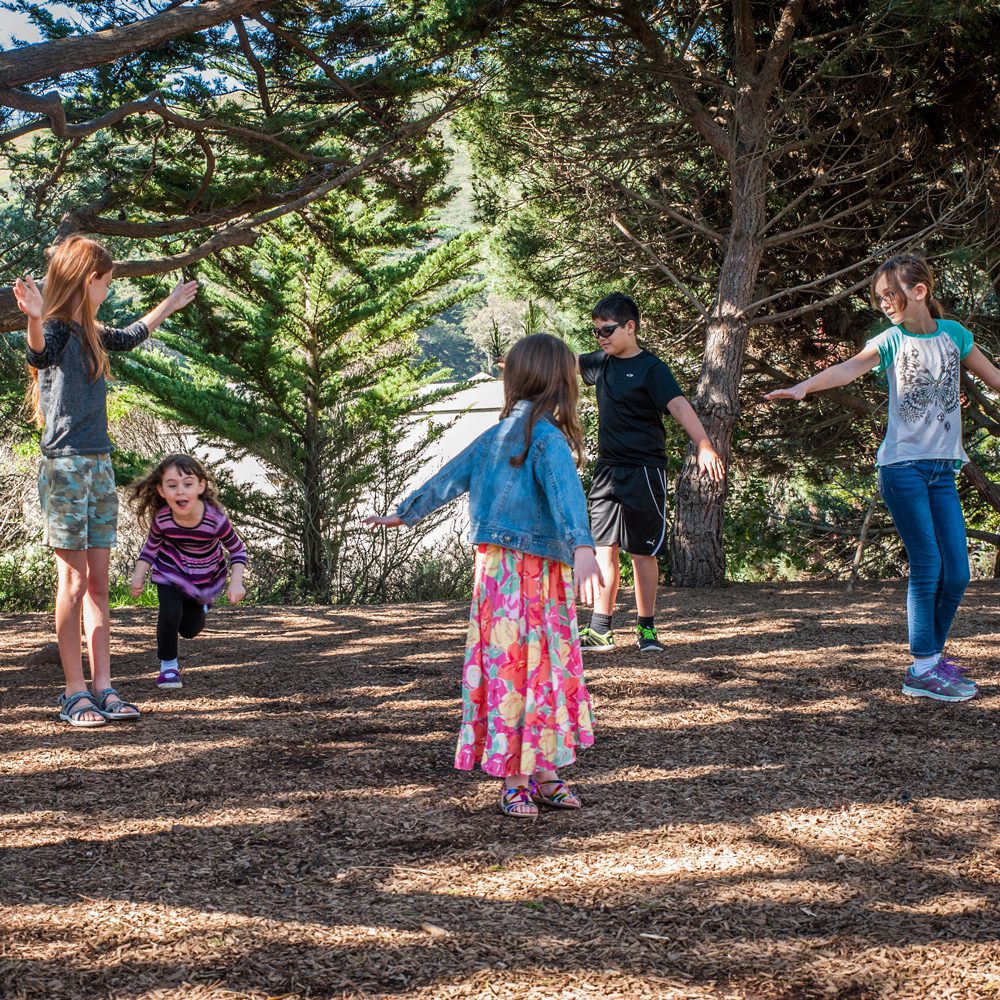
Resources
Kid Obstacle Course
Build an obstacle course that is constantly growing and changing. The first person starts off the course by becoming an obstacle that other players must go around, under, or over (i.e., crouching on all fours so that others must jump over). As each person successfully passes through, children must think of a creative way to become the next part of the course.
Materials Required
- No materials needed, only a group of people
Instructions
- As a group, brainstorm multiple “human obstacles” that can be used to create a course. Form a large circle and take turns demonstrating human obstacles to the group. Try to think of original ideas that no one else has thought of like go into a back-bend and challenge others to crawl through, or crouch on all fours for others to jump over.
- Choose one group member to be the first “human obstacle” in the course.
- The next player enters and goes through the first challenge, and then adds their body as the next obstacle.
- Players enter the course one at a time, and become a new “human obstacle” after successfully passing all of the existing obstacles.
- After everyone has participated, the individual that first started the course construction must go through the entire course, and then build on to the end by becoming another obstacle.
- Players continue to cycle through and add on to the course until the activity ends.
Additional Tips
Try these add-on activities:
- Work in groups of two to create obstacles such as a “chopper” created by partners quickly moving their hands up and down. Add sound effects to the obstacles. Players must still complete the obstacle course alone, but when two people finish they work together to quickly construct a new obstacle for the others to encounter.
- Choose a theme for the course and bring the obstacles to life! For instance, try a jungle theme in which everyone has to crawl under poison plants, jump over a river, or fight their way around a snapping crocodile.
Links to Research
An obstacle course is a problem that begs us to solve it. Pattern recognition and creative problem solving are essential for completing a maze-like course, and are also important for creativity. Knowledge of how the course is constructed will help children understand not only how to make it through, but also how to create a pass-through that will trick other participants. Problem solving often asks us to think of different approaches on our way towards finding a creative solution.





